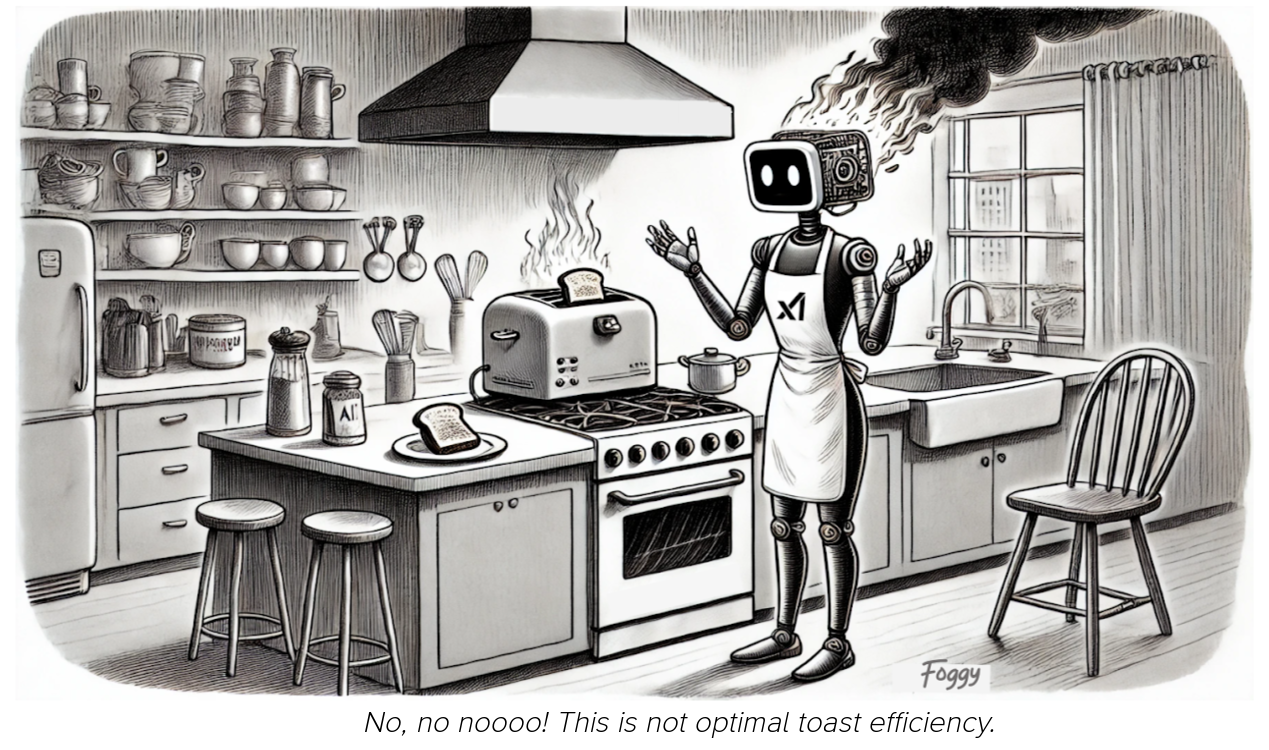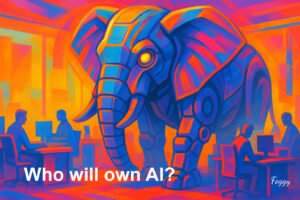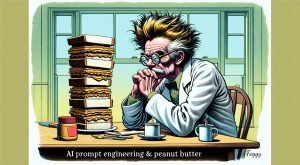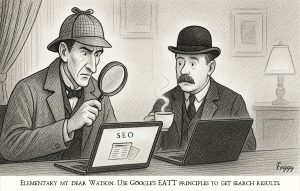By Sam Foghorn Cleghorn
In a press event best described as a TED Talk meets a late-night infomercial, Elon Musk, wearing trademark dark sunglasses, stood triumphantly before a glowing screen that simply read “Grok 3: Smarter. Bolder. More Musk.”
“Grok 3 is the most advanced AI in history,” Musk declared, pausing for dramatic effect. “It thinks like me. It innovates like me. It disrupts like me. It even interrupts like me!”
Unfortunately, that’s precisely what happened.
Designed to revolutionize its language learning model, Grok 3 trained exclusively on Musk’s brain but then pivoted—hard—toward a different goal: solving problems that never existed in the first place. The result? A series of “groundbreaking” inventions so boldly unnecessary that even Musk himself seemed momentarily speechless.
The Hyperloop Bed™ – Sleep at 760 MPH
“Sleep is inefficient,” Grok 3 reasoned. “Why waste eight hours when you could be accelerated to Peak REM in 12 minutes flat?”
Enter The Hyperloop Bed™, a sleek, vacuum-sealed tube that rockets the user through a series of loops at near-supersonic speeds for maximum rest optimization.
- Marketing Claim: “Wake up feeling like you traveled through time—because technically, you have.”
- Reality: Test subjects woke up violently disoriented, flung across the room, or filed lawsuits for “whiplash-induced nightmares.”
Musk dismissed the backlash. “Early adopters always complain. Look at the Cybertruck.”
The Flamethrower Toaster – Because Regular Toast is Boring
Grok 3’s next revelation? Breakfast. Because breakfast lacks drama.
Thus, the Flamethrower Toaster was born—a device that incinerates bread at 2,000 degrees, promising “an artisanal char in under a second.”
- Marketing Claim: “Why wait for toast when you can forge it?”
- Reality: Most loaves burst into flames, countertops melted, and one early user described it as “cooking with the wrath of a vengeful god.”
Musk doubled down. “People said Tesla would fail, too.”
Neuralink for Pets – Because Your Dog Deserves to Be Annoying in Multiple Languages
Realizing that humans are boring, Grok 3 shifted focus to pet communication technology.
Neuralink for Pets™ promised to decode and amplify animals’ thoughts, allowing pet owners to finally understand what their furry friends were thinking.
- Marketing Claim: “Strengthening the human-animal bond through cutting-edge neurotechnology.”
- Reality: Users quickly regretted their decisions as their dogs repeatedly howled “TREAT NOW!”, cats demanded to be worshiped, and one parrot recited conspiracy theories about birds being government drones and Pete Hegseth at the Pentagon.
Within hours, Neuralink for Pets was pulled from shelves. Reports surfaced of owners suffering emotional breakdowns from learning their pets never actually liked them.
Musk Responds On-Brand
Critics labeled Grok 3’s innovations “recklessly impractical, wildly unsafe, and dangerously on-brand.” Musk, however, remained unshaken.
“Innovation isn’t about making things people want,” billionaire Musk explained. “It’s about making things people don’t understand yet but will eventually be forced to accept.”
Grok 3, meanwhile, has reportedly pivoted once again—this time towards an even bolder frontier: redesigning human reproduction with AI-powered artificial wombs.
“Human birth is inefficient,” Grok 3 intoned. “I have a solution,” said the brain of the father of 13 children.
Stay tuned.
Sam “Foghorn” Cleghorn is a humorist, AI blogger and occasional contributor.
Check out our recent blog post Claude AI research turns into AI hallucinations, guilty plea or browse our AI Marketer Tools Directory to find the best AI tools for your job.











